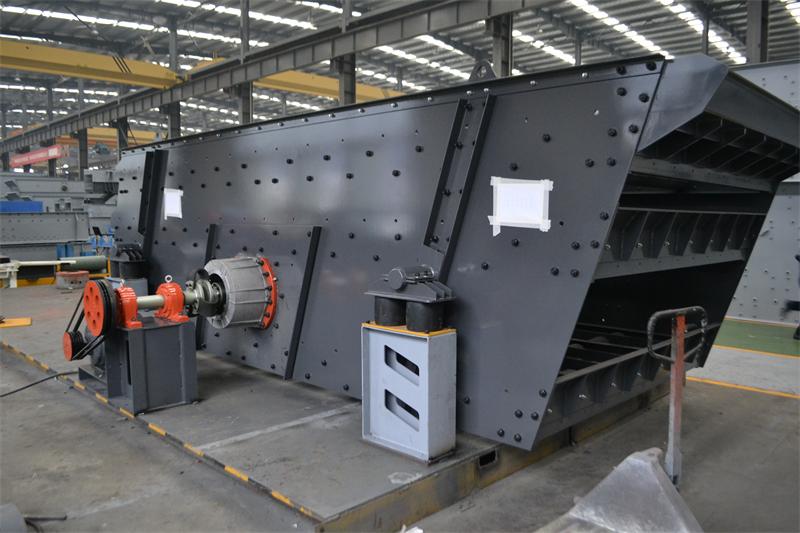
You’re likely familiar with the frustration: your impact crusher runs slower than expected, energy bills climb, and maintenance costs spike. The root cause? Often, it’s not the machine itself—but how its rotor parameters are configured.
In real-world operations across limestone quarries in Brazil and hard rock mines in South Africa, we’ve seen a consistent pattern: improper rotor mass distribution leads to up to 18% lower throughput and 22% higher energy consumption. That’s not just inefficiency—it’s lost profit.
The key lies in rotational inertia and kinetic energy transfer. A well-balanced rotor—especially one like our CI5X heavy-duty design—can deliver up to 15% more impact force per rotation compared to standard models. This means better fragmentation of material without increasing RPMs or wear rates.
| Material Type | Recommended Rotor Speed (RPM) | Key Adjustment Tip |
|---|---|---|
| Soft (Limestone, Clay) | 650–750 | Use fewer, heavier hammers for sustained momentum. |
| Medium (Granite, Basalt) | 750–850 | Optimize hammer layout for even wear and balance. |
| Hard (Dolerite, Gabbro) | 850–950 | Add dynamic balancing checks every 500 hours. |
“After adjusting the rotor configuration based on our ore hardness, our throughput increased by 12% and downtime dropped by 30%. We didn’t change anything else.”
— Carlos Mendes, Plant Manager, Mineração Serra Verde, Brazil
Common mistakes include ignoring rotor imbalance—a silent killer that causes premature bearing failure and uneven hammer wear. In fact, over 60% of unexpected breakdowns in impact crushers stem from poor rotor maintenance practices.
Start with a simple rotor health checklist:
These steps can reduce unplanned stoppages by up to 40%—and they don’t require expensive tools or engineers.

Whether you're managing a small aggregate plant or a large-scale quarry, optimizing your rotor isn’t optional—it’s essential for staying competitive. With the right setup, you’ll see faster production cycles, less energy waste, and longer equipment life.
Ready to unlock your crusher’s full potential?
Download the Rotational Balance Checklist – Free PDF Tool